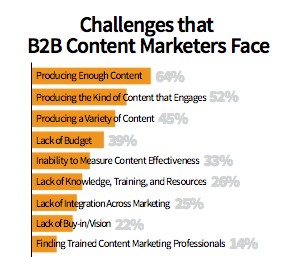How the viral video web world is emerging (Infographic)
Audio-video content and video content networks are on the rise. Not one company in the FMCG industry that did not try to start their own initiative around their brand or product in the last two years. From the hype of Social Media another hype was creaping up that many have not yet fully understood but think it might change the world of the advertising industry in the future: viral videos.
The advertising business hopes to make money through Youtube channels and the Google AdSense business. Google invested 100 Mio. US Dollars in the launch of new and original TV content for their Youtube platform, plus they built production studios in London, Los Angeles and Tokyo which might build up Google’s audio-video channel to become one of the main challengers for TV.
Next to the increase of vimeo traffic, more and more video advertising companies arise that produce content, media houses create content hubs as well as PR agencies. Obviously, social advertising companies like Unruly, hallimash or ebuzzing are doing their best to get bloggers implementing and writing about viral ads that their brand customers create. And in the end, the Social Star Awards will make all marketers happy when their virals have made it to become a “viral star”.
The following infographic by the Masters in Marketing Degrees offers some statistics on how the viral web video industry has emerged in the last few years.




 So, a questions arises that also came up today in my moderation: What is the real issue, why marketers don’t challenge the content marketing business?
So, a questions arises that also came up today in my moderation: What is the real issue, why marketers don’t challenge the content marketing business? Spot On!
Spot On! In a recent report called
In a recent report called 
